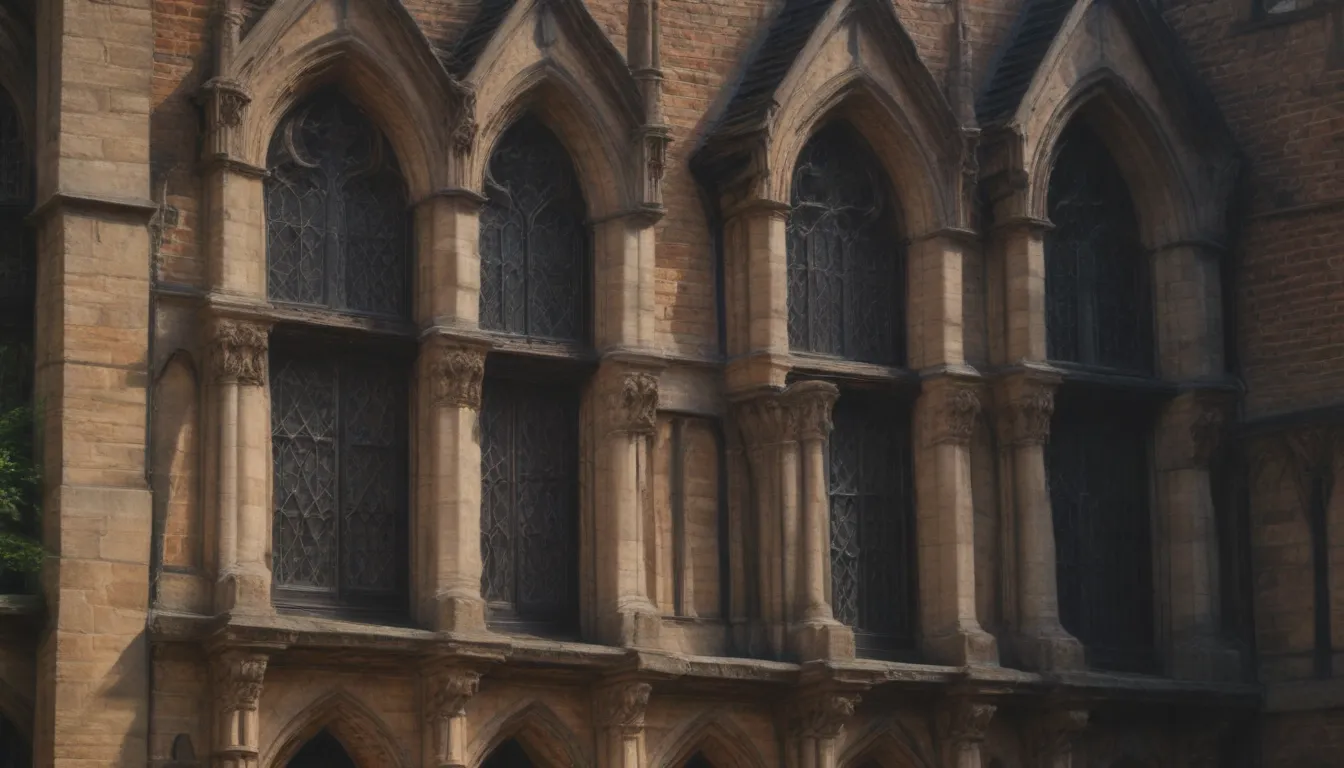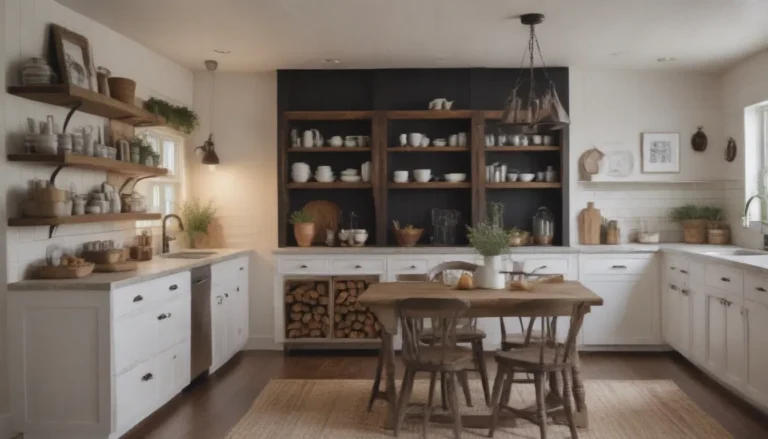Exploring Tudor Architecture: A Comprehensive Guide

Tudor architecture is a captivating style that has enchanted homeowners for centuries. With its distinctive charm and historical allure, Tudor-style homes have made their mark on landscapes around the world. In this in-depth guide, we will delve into the rich history, key characteristics, and types of Tudor architecture to help you appreciate and identify this unique architectural style.
Unraveling the History of Tudor Architecture
Tudor architecture emerged in medieval England and Wales during the 16th-century Tudor period. Craftsmen of this era constructed sophisticated manor homes that blended Renaissance and Gothic design elements, showcasing a distinctive two-toned aesthetic. While Tudor architecture flourished initially, it gradually gave way to the more intricate Elizabethan-Tudor style during the reign of Queen Elizabeth I. Nevertheless, Tudor architecture experienced a revival in the United States, with the Tudor Revival style gaining popularity in the late 19th and early 20th centuries.
Discovering Key Characteristics of Tudor-Style Homes
Identifying a traditional Tudor-style home is made easy by its unique features that set it apart from other architectural styles. From exterior elements like half-timber detailing and red brick facades to interior design elements such as ornate ceilings and intricate staircases, Tudor-style homes exude a timeless charm that captures the essence of a bygone era.
Exterior Features:
- Half-timber detailing: Horizontal and vertical wooden beams set in brick, stone, or stucco.
- Stucco/stone exterior: White stucco exteriors or dark brick-and-stone construction.
- Red brick: Characteristic of many Tudor-style homes.
- Gables: Steeply pitched roofs with distinctive gables.
- Windows: Leaded-glass windows with geometric patterns.
- Front door: Often adorned with intricate details.
Interior Features:
- Ceilings: Ornate designs and intricate detailing.
- Walls: Textured surfaces and decorative elements.
- Floors: Hardwood flooring with intricate patterns.
- Staircases: Elaborate staircases with hand-carved railings.
Exploring Different Types of Tudor Homes
Tudor architecture encompasses various sub-styles that showcase unique design elements and historical influences. From the classic Tudor Gothic style to the regal Elizabethan Tudor design, each variant offers a glimpse into the rich tapestry of architectural history. Additionally, the American Tudor Revival and Mock Tudor styles bring a modern twist to traditional Tudor architecture, combining historical charm with contemporary flair.
Types of Tudor Homes:
- Tudor Gothic: Incorporating Gothic architectural elements for a dramatic effect.
- Elizabethan Tudor: Featuring grandeur and elegance inspired by the Elizabethan period.
- American Tudor Revival: A modern interpretation of traditional Tudor architecture in the United States.
- Mock Tudor: Replicating Tudor-style features in newer constructions for a nostalgic touch.
Tip: The term “Jacobean Tudor” is often used interchangeably with Elizabethan Tudor and Renaissance architecture, referring to the architectural style during the reign of King James I from 1603 to 1625. This period saw a blend of Tudor and Baroque influences, creating a unique design aesthetic.
Unlocking the Intricacies of Tudor Revival Architecture
In the wake of the Industrial Revolution, Tudor Revival homes emerged as a sophisticated alternative to mass-produced dwellings. With their intricate layouts and custom designs, Tudor Revival homes offered a luxurious and personalized living experience. The term “Stockbroker Tudors” became synonymous with these homes, reflecting the affluence and prestige associated with their construction.
More About Tudor Revival Architecture:
- Intricate and Custom Layouts: Tailored floor plans and elaborate designs for a personalized touch.
- Known as “Stockbroker Tudors”: Designed by European-trained architects for affluent families.
- Tudor House Sizes: Available in a range of sizes, from quaint cottages to grand estates.
- Tudor Popularity: While Tudor architecture fell out of favor post-WWII, its legacy endures in the architectural landscape.
Embracing the Timeless Appeal of Tudor Architecture
Tudor architecture remains a timeless symbol of elegance and refinement, with its distinctive features and historical significance captivating homeowners and architecture enthusiasts alike. Whether you’re drawn to the classic Tudor Gothic style or the elegant Elizabethan Tudor design, Tudor architecture offers a glimpse into the past while providing a sense of sophistication and charm that transcends time.
In conclusion, Tudor architecture stands as a testament to the enduring legacy of architectural craftsmanship and artistic expression. By exploring the rich history, key characteristics, and types of Tudor architecture, we gain a deeper appreciation for this captivating style that continues to inspire and enchant us to this day. So, whether you’re admiring a Tudor-style home in a quaint neighborhood or dreaming of owning one yourself, let the beauty and allure of Tudor architecture transport you to a bygone era of elegance and refinement.





